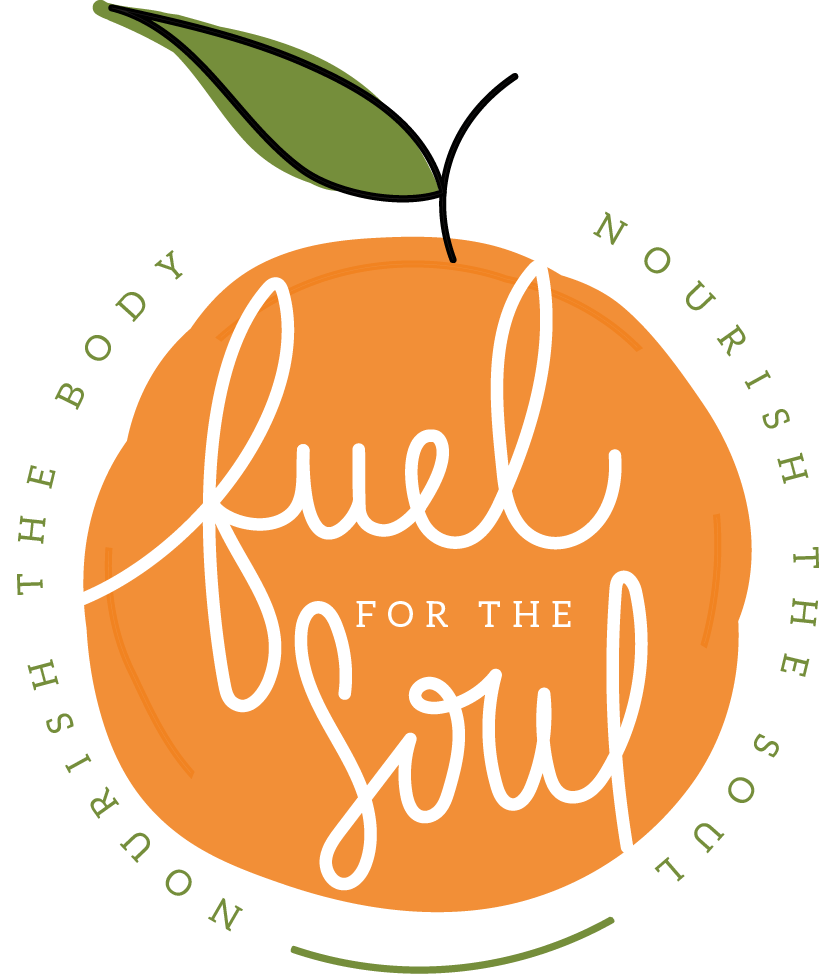We all know what superfoods are, but do you know what makes a superfood so super? Antioxidants! That’s right! And today we are going to talk about a type of flavonoid antioxidant called Quercetin that truly is super and provides a host of awesome health benefits (from heart health to boosting your immune system and longevity)!! Read on to learn more about those amazing health benefits and where to find good natural sources of Quercetin.
This week’s Nutrients by the Alphabet: Quercetin
That’s right, in this new series – Nutrients by the Alphabet – you will learn all about important nutrients (vitamins, minerals, and antioxidants), their health benefits, and easy and delicious ways to get more of the good stuff with a fun recipe to try each week (courtesy of my awesome student-intern from Brooks DeBartolo Collegiate High School – Shelby Persechino)!
So, what are the health benefits of Quercetin?
As an antioxidant, Quercetin lowers inflammation by fighting the natural process of “oxidation” that takes place over time as we age and by stopping the damaging particles in the body known as free radicals, which negatively impact how cells work. Research shows that inflammation is the root of most disease like cancer, autoimmune disorders, cognitive decline, and heart disease, so consuming enough natural sources of flavonoids (like Quercetin) can lower your risk of those diseases. Quercetin can fight allergies since it is a natural antihistamine and anti-inflammatory, making it effective for naturally lowering the effects of season and food allergies. . Quercetin can also help fight pain by interfering with the body’s natural inflammatory process following an injury. Quercetin supports heart health by its ability to lower inflammation and oxidative stress. Since antioxidants protect the body from experiencing increases in LDL “bad” cholesterol, Quercetin can help regulate blood pressure levels as well. Quercetin can help improve endurance since it increases the health of blood vessel, which carry oxygen and nutrients to muscle and joint tissue. Quercetin also improves skin health by protecting the skin from the effects of disorders like dermatitis and photosensitivity. Now it’s easy to see why superfoods are so super!!
So, how much Quercetin do you need and where can you find it?
There isn’t a recommended daily allowance (RDA) value set for Quercetin, but studies show that the average adult consumes between 40 – 500mg of Quercetin per day. You can find Quercetin in apples, peppers, red wine, dark cherries and berries, tomatoes, cruciferous veggies, leafy green veggies, citrus fruits, cocoa, cranberries, wholegrains, raw asparagus, capers, raw red onion, olive oil, black and green tea, beans/legumes, and herbs. So basically, Quercetin is easy to consume if you eat a variety of colorful fruits and vegetables, wholegrains, and legumes.
Looking for a delicious gluten free and vegan dessert recipe to increase your Quercetin intake? Try this Healthy Apple Blackberry Crisp from Kim’s Cravings.
Oh yea, that’s going to be my dessert tonight!!


